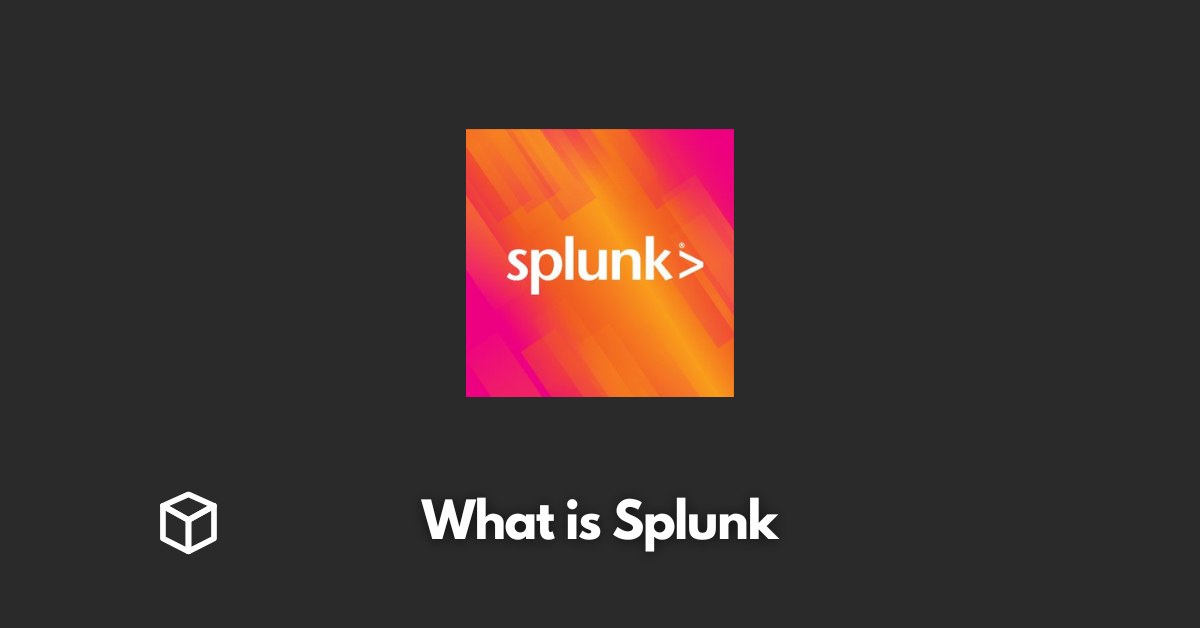Splunk is a software platform that enables organizations to collect, store, and analyze machine-generated big data from websites, applications, sensors, devices, and systems.
It is designed to provide real-time visibility and insights into IT systems, applications, and network infrastructure.
What is Splunk used for?
It can be used for a variety of use cases such as log management and analysis, security and compliance, IT operations and infrastructure management, and business intelligence and analytics.
How does Splunk work?
Splunk works by collecting data from various sources and then indexing it for search, analysis, and visualization.
The platform provides a powerful search engine, which allows users to search, analyze and visualize the data in real-time.
It also provides a wide range of dashboards, visualizations, and reporting tools that allow users to gain insights from the data.
Further, it has the capability to alert on specific conditions and facilitate compliance by reporting.
Splunk Use Cases
Splunk has a wide range of use cases across various industries such as log management and analysis for IT operations, security and compliance for financial services, IT infrastructure management for retail, and business intelligence and analytics for healthcare.
Splunk Architecture
The Splunk architecture consists of three main components: indexers, forwarders, and search heads.
Indexers are responsible for storing and indexing data, forwarders are responsible for collecting data, and search heads provide a user interface for searching, analyzing, and visualizing the data.
Splunk also provides an enterprise security add-on that enhances the security capabilities of the platform.
Advantages of Splunk
One of the main advantages of Splunk is its scalability and flexibility, which allows organizations to start small and then scale up as their needs grow.
Further, it allows for real-time data processing and analysis, easy integration with other systems, and the power of machine learning and analytics.
Conclusion
In conclusion, Splunk is a powerful and flexible platform that enables organizations to gain real-time visibility and insights into their IT systems, applications, and network infrastructure.
With its wide range of use cases and capabilities, it is well-suited for organizations of all sizes and across various industries.
As big data continues to grow in importance, the future outlook for Splunk and other big data analytics platforms is bright.




